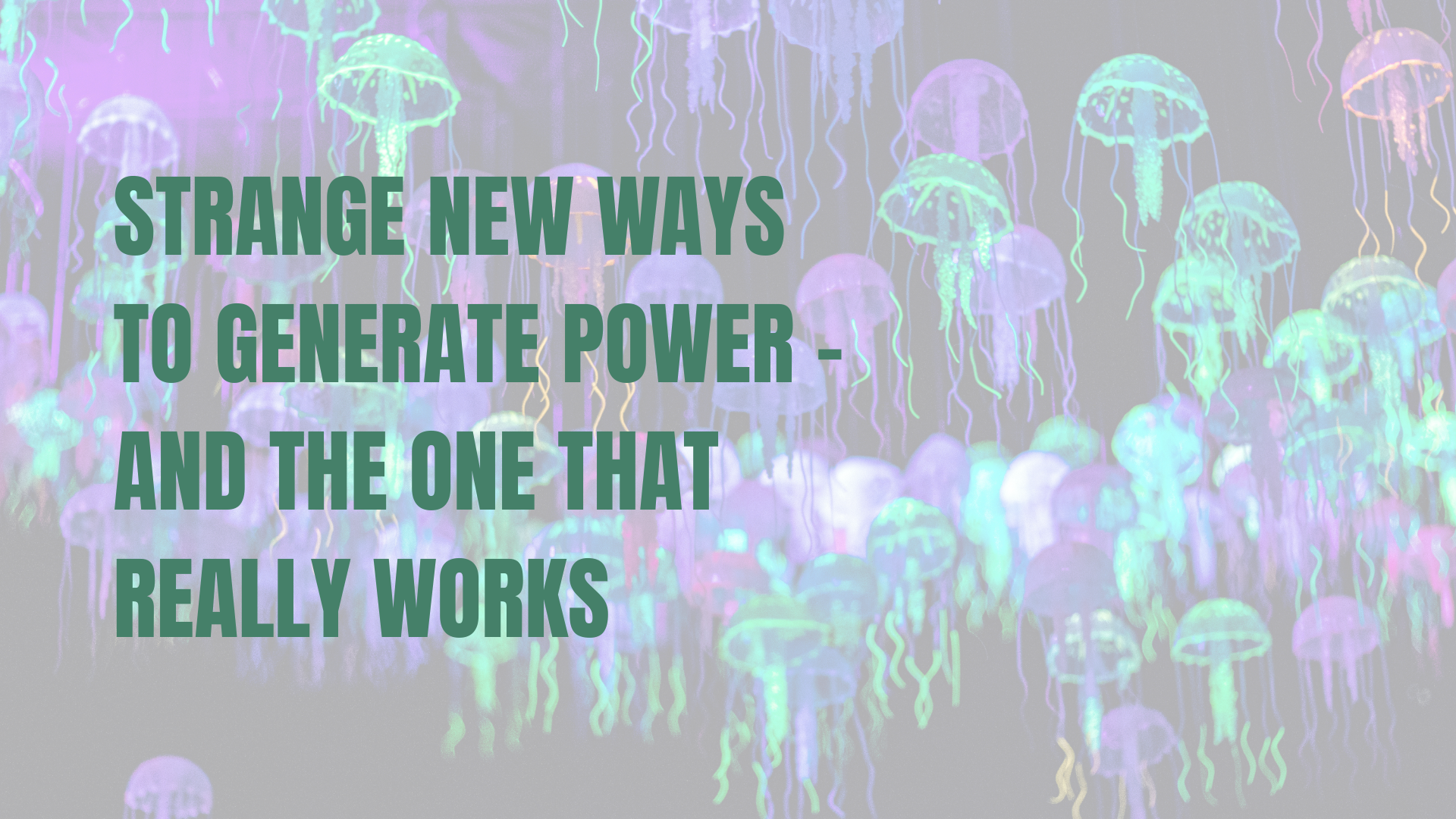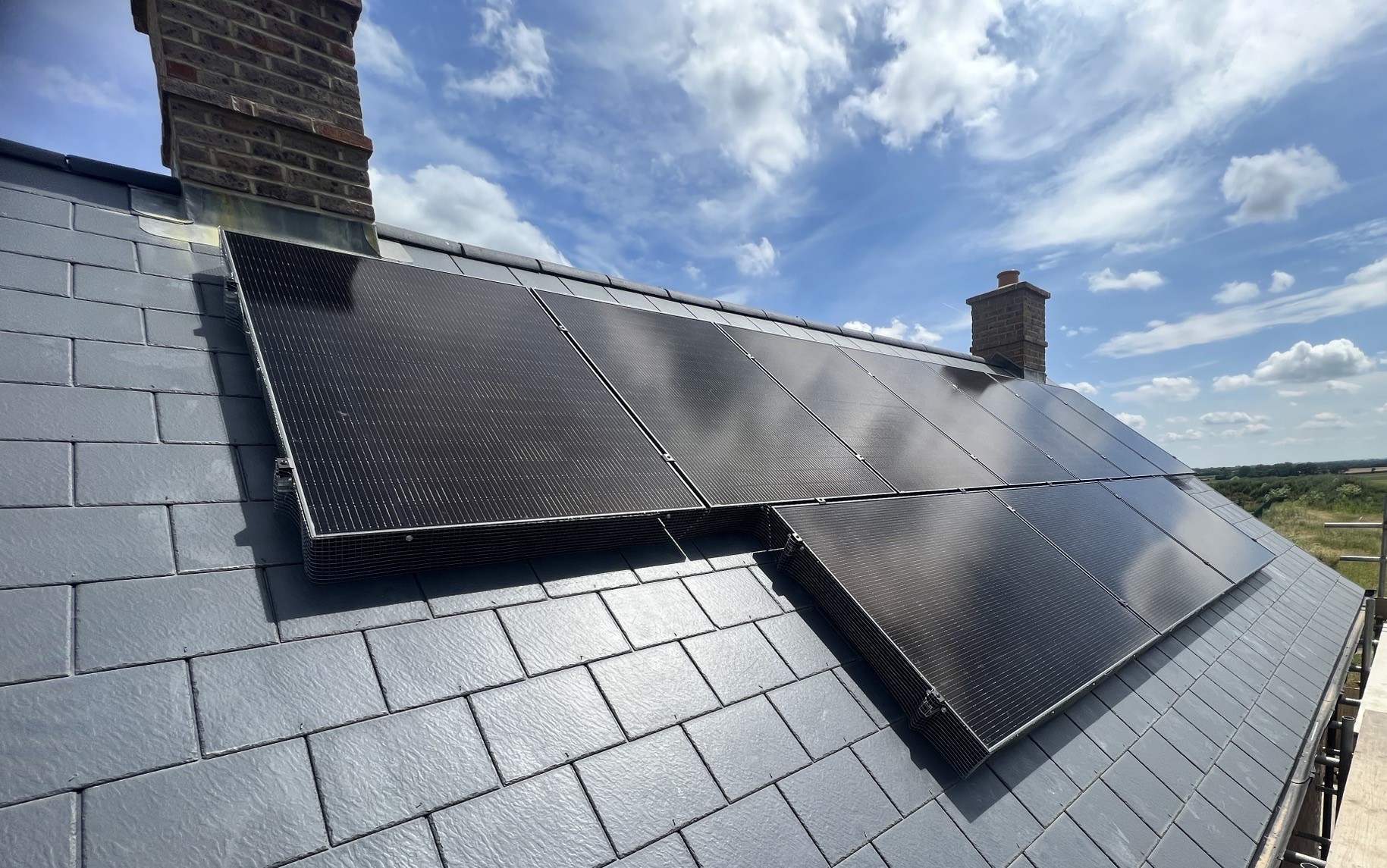“Energy cannot be created or destroyed. It can only be changed from one form to another.” – Albert Einstein.
From sunlight to wind and the force of hydropower, the way renewable energy is generated has remained largely the same for generations, with progress focusing on refining established methods.
But in recent years, scientists have been exploring some very unusual ways to generate electricity — from movement to squeezing onions, and even using jellyfish and algae. These new approaches are certainly strange… but could they work?
Squeezing Onions
We all know that when cutting onions we tend to cry, but did you know they can also make electricity? When squeezed, the juice can be converted into methane, which can be used to generate electricity. An onion wholesaler in California has been saving more than half a million dollars on its energy bills using this technique.
Movement
Nightclubs across Europe have been installing flooring that collects energy from dancers and converting it into electricity to keep lights and music playing. Kinetic energy generators can be placed in other public spaces such as playgrounds and roads.
A great example is Coldplay’s Music of the Spheres World Tour, where the band are using kinetic floors and electricity-generating bikes. Dancing fans and cycling volunteers helped charge batteries that powered the concert’s lighting and sound systems — a real crowd-powered performance.
Jellyfish
A team at Chalmers University of Technology in Sweden discovered that glow in the dark jellyfish contain a protein, known as GFP. When combined with aluminium electrodes and exposed to UV light, this protein releases electrons — creating a biological fuel cell that produces electricity without an external power source.
Algae
Algae naturally store energy in the form of oil. If extracted correctly it can be refined into a biofuel. While this method isn’t yet viable for large scale generation, the potential for future developments is high thanks to the vast quantities of algae available across the world’s seas and oceans.
Rain
When rainwater falls on an electrically non-conductive surface, such as a roof, umbrella or the ground, it generates trace amounts of electrical charge. Scientists from Mainz, Germany have developed a method for determining charge generation. They are developing a surface that enhances the use of the charging effect and generating small amounts of electricity.
Meanwhile, researchers in Hong Kong are also trying to harness the power of rain to generate electricity, in this case the energy from the impact of raindrops. The researchers have developed a nano-current generator that can generate energy from the fall of individual droplets. Although this technology is still in its early stages, it shows exciting potential for future applications – especially in the rainy UK.
Hot Air
If you’ve ever been in an attic or top-floor flat, you’ll know that heat rises. One Australian entrepreneur wants to turn that simple fact into a renewable energy powerhouse.
The company EnviroMission has proposed an 800-metre-tall solar updraft tower in the Arizona desert. Beneath a huge translucent canopy, sunlight would heat the air to around 90°C, forcing it to rise through the tower. As it does, the hot air would drive 32 turbines — generating up to 200MW of electricity per day, enough to power around 100,000 homes.
And The One That Really Works
While these innovative methods for generating electricity are fascinating and show great potential, most remain experimental or too costly to implement at scale. One source of renewable energy however, continues to prove itself time and again – the sun. Solar power is clean, reliable and increasingly affordable. Modern technology means solar panels are suitable for the temperamental UK weather, unlike experimental methods still confined to the labs, solar panels work efficiently every day. As innovation in storage and efficiency continues, solar energy stands as the truly scalable solutions – the solution that really works. Solar power is saving home and business owners across Essex, Kent, Suffolk and the wider South East money on their energy bills, helping to reduce their carbon footprint and gaining energy independence.
Ready to Join the Solar Revolution?
Contact SolarTherm UK today for a free no obligation design and quote, tailored for your property, usage and future energy needs. No hard sell, just honest, expert advice.
Your home. Your energy. Your future.





